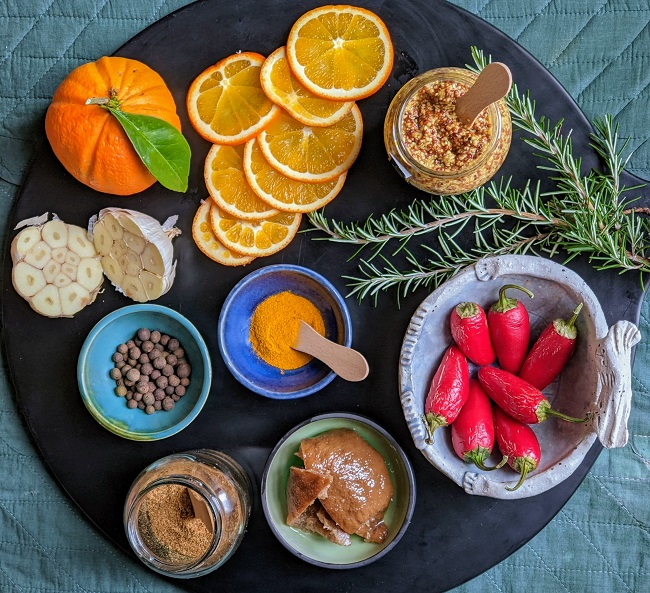“The best fish is the freshest,” every fisherman will tell you, and by “fresh” they mean it has been out of the water for less than a day, usually less. Although on most islands there are lots of professional or amateur fishermen, here on Kea we seem to have only one, Nikolaras –Nikos Hatzimihalis—who’s family came from the island of Symi, on southern Aegean.


On Kea life is tied to the land –tending to sheep and goats, cultivating small gardens, and in the old days making wine, harvesting, and exporting acorn-cups, and almonds. As I remember from my grandfather, the sea didn’t attract them at all, it felt scary and they dreaded the short crossing to the mainland in the winter. The waters around the island are deep, with strong currents most of the year, especially in the northern parts where most fish is supposed to be found, so during the busy summers the seafood sold by Eleni, Nikolaras’ wife, at their shop on the port, has been fished by mainland fishermen and brought in by the ferry from Lavrion.
And just as the fruits and vegetables in this land of blazing sun and scarce rains are small but intensely flavorful, so the fish of the Aegean are neither large nor plentiful but exceptionally delicious. Freshness definitely plays an important role in the incredible taste of even the most simply prepared fish, as anyone who has tasted the grilled fish of the island tavernas can testify. (more…)






